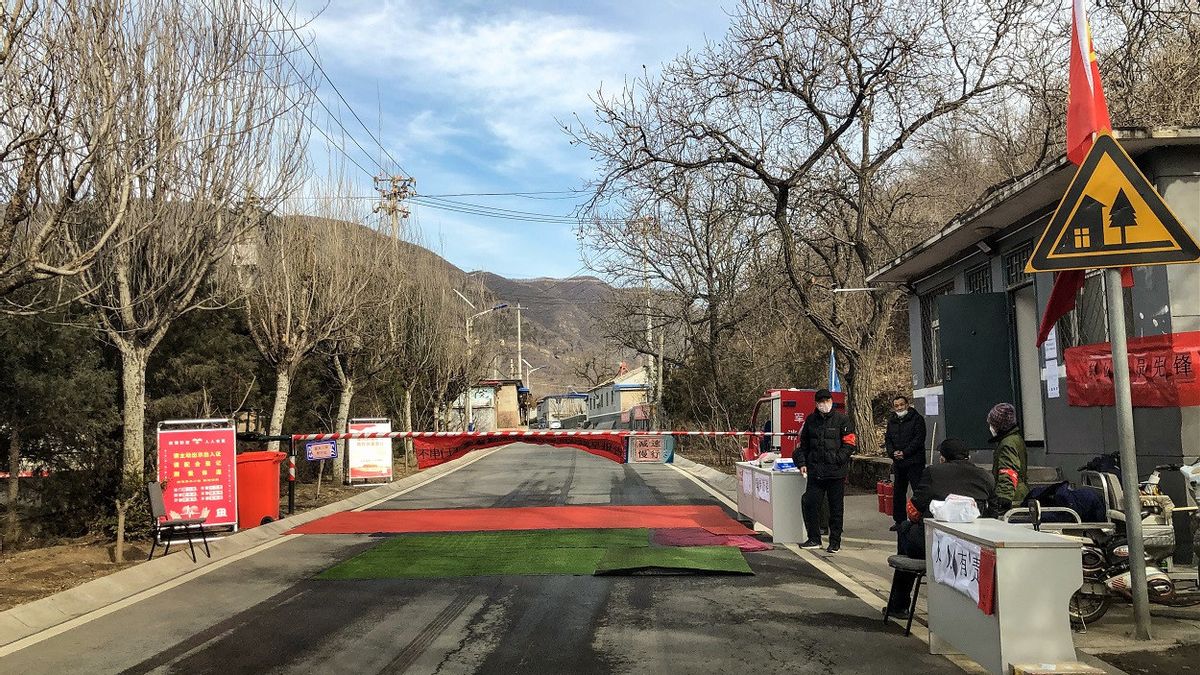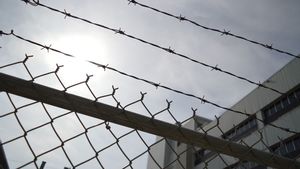JAKARTA - The authorities of Beijing, China are extending work-from-home guidance for many of its 22 million population to stem the persistent COVID-19 outbreak, while Shanghai is deploying more testing and restrictions to maintain its hard-earned 'zero COVID' status after two years. month locked.
On Monday, China's capital reported 99 new cases detected on May 22, up from 61 the previous day, the biggest daily tally so far, during a month-old outbreak that consistently sees dozens of new infections every day.
Meanwhile in Shanghai, fewer than 600 daily cases were reported for May 22, with none outside the quarantine area, as has been the case for most of the past week.
Analysts at Gavekal Dragonomics estimated last week, less than 5 percent of Chinese cities reported infections, down from a quarter at the end of March, in the COVID-19 outbreak that has stifled growth in the country. However, vigilance and concern remain acute in Shanghai and the capital.
While there have been no new announcements of closed areas in Beijing, five of the city's 16 districts advised residents to work from home and avoid gatherings. Those who have to go to work must have a negative result on a PCR test taken within 48 hours, and must not deviate from their commute to work.
"The city's epidemic prevention and control is at a critical time," Beijing's Tongzhou District posted on its WeChat account late Sunday, asking residents working in five other districts to do their jobs from home this week.
"One step forward and victory is in sight. One step back and previous efforts will be in vain," he said.

Beijing has restricted public transportation, asked some shopping malls and shops and other places to close and seal buildings where new cases were detected.
In one large housing complex that is not under isolation orders, shelves have been set up for delivery at the entrance, residents said, sparking concerns that preparations were being made for tighter movement controls.
Restrictions in Beijing, Shanghai and elsewhere in China are leaving significant economic damage and disruption to global supply chains and international trade.
The highly contagious variant of the Omicron virus that was first discovered in the city of Wuhan in late 2019, has proven hard to beat even with stringent measures in stark contrast to the resumption of normal life elsewhere in the world.
"We've been hit massively," said a convenience store owner surnamed Sun, whose Beijing shop is only allowed to operate during the day instead of its usual 24/7 opening hours.
"Even during the Wuhan outbreak we were able to stay open around the clock."
In Shanghai, which reopened more than 250 bus routes and a small part of its sprawling subway system on Sunday, many cities and districts announced more mass testing over the coming days, asking residents not to leave their complexes.
The commercial hub of 25 million has allowed more people to leave their homes for short periods over the past week, but generally plans to keep most of the restrictions this month, before lifting a two-month lockdown from June 1.
The English, Chinese, Japanese, Arabic, and French versions are automatically generated by the AI. So there may still be inaccuracies in translating, please always see Indonesian as our main language. (system supported by DigitalSiber.id)













